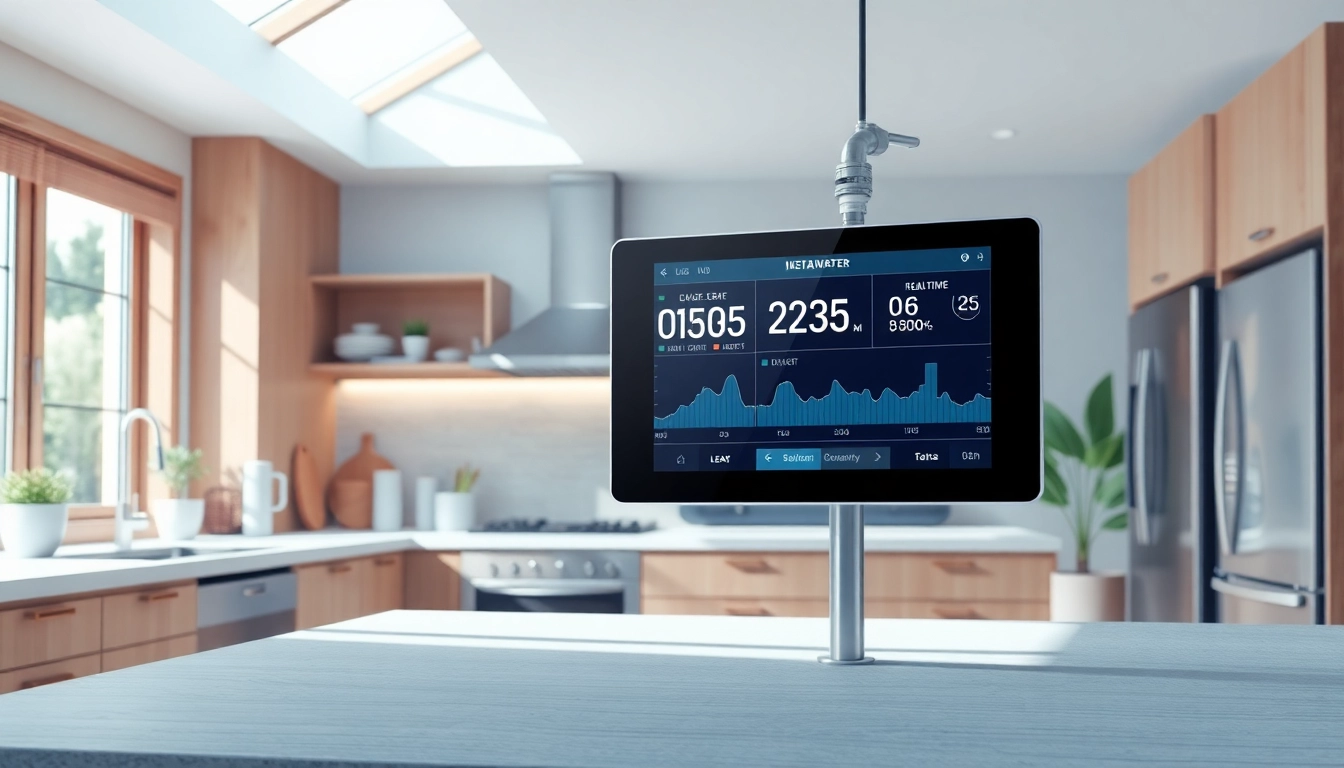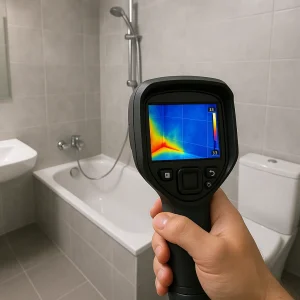Essential Mains Water Leak Detection: Protect Your Home Now

Understanding Mains Water Leak Detection
What is Mains Water Leak Detection?
Mains water leak detection encompasses various methods and technologies designed to identify leaks in a building’s main water supply before they escalate into significant problems. Unattended leaks can lead to substantial water damage, increase utility bills, and even cause environmental issues. Using advanced tools, these systems offer rapid identification and alert homeowners and businesses of potential water leaks, enabling timely repairs and often preventing catastrophic damage.
Importance of Early Detection
The early detection of mains water leaks is crucial for a multitude of reasons. Firstly, water leaks can often go unnoticed for long periods, leading to extensive structural damage and significant repair costs. According to industry statistics, a dripping faucet can waste over 3,000 gallons of water per year, thus impacting water bills dramatically. Additionally, prolonged exposure to moisture can create an ideal environment for mold and mildew, posing health risks for occupants. By investing in Mains Water Leak Detection systems, homeowners can establish peace of mind knowing that they are proactively safeguarding their properties against unexpected leaks.
Common Causes of Water Leaks
Understanding the common causes of water leaks is essential in preventative measures and effective detection. The following factors frequently contribute to water leaks:
- Pipe Corrosion: Over time, pipes can corrode due to various factors including water quality and soil conditions.
- High Water Pressure: Excessively high water pressure can put a strain on joints and connections, leading to leaks.
- Pipe Obstructions: Debris and sediment buildup can obstruct pipes and create pressure points that increase the risk of leaks.
- Extreme Weather Conditions: Freezing temperatures or excessive heat can affect pipe integrity and lead to cracks or breaks.
How Mains Water Leak Detection Systems Work
Components of Leak Detection Systems
Mains water leak detection systems typically consist of several critical components:
- Water Sensors: Devices that measure the presence of water and alert users through notifications when a leak is detected.
- Main Shutoff Valve: Automatically shuts off the water supply when a leak is detected, minimizing potential water damage.
- Control Unit: Acts as the brain of the operation, processing data from sensors and managing alerts and responses.
- Integration Interface: Allows connection to smart home systems for remote monitoring and alerts.
Advanced Technologies in Detection
Modern mains water leak detection systems leverage advanced technology to improve accuracy and efficiency. Key technologies include:
- Ultrasonic Detection: Uses sound waves to determine pipe integrity and detect leaks even in the early stages.
- Acoustic Sensors: Monitors sound waves produced by water escaping from pipes, differentiating between leakage sounds and normal system sounds.
- Thermal Imaging: Utilizes infrared technology to detect temperature changes due to leaks, enabling early identification without invasive inspection.
- Smart Technology: Integration with home automation systems allows for real-time alerts on smartphones and remote shut-off capabilities.
Installation Processes Explained
Installing a mains water leak detection system typically involves several key steps:
- Assessment: Evaluate the current plumbing system and identify the most vulnerable areas for potential leaks.
- Selection: Choose an appropriate detection system based on the type of building and specific needs.
- Installation: Install sensors at strategic points (such as near water heaters, boilers, and under sinks) along with shut-off valves.
- Integration: Synchronize the detection system with smart home devices for added functionality and monitoring.
- Testing: Conduct thorough tests to ensure all components are functioning properly and provide adequate coverage.
Benefits of Mains Water Leak Detection
Preventing Water Damage to Your Property
One of the primary benefits of mains water leak detection is its ability to prevent water damage. Water leaks can cause significant harm to a property’s structure, resulting in costly repairs. Homeowners with leak detection systems can mitigate these risks by receiving immediate alerts, allowing for prompt response and remediation. Research indicates that early interventions can save homeowners up to 90% in potential damages compared to delayed action.
Cost Saving on Water Bills
Water leaks often lead to inflated water bills, impacting overall household expenses. Implementing a mains water leak detection system can identify these leaks early, ensuring users are not paying for water they are not using. Additionally, saving water contributes to broader conservation efforts and environmental sustainability.
Enhancing Home Safety
Safety is a critical consideration in any home, and water leaks can create hazardous situations, such as electrical hazards or structural failures. Mains water leak detection systems enhance home safety by allowing for the immediate detection of leaks before they pose a risk. This proactive approach ensures that homes remain secure for all occupants.
Common Challenges with Mains Water Leak Detection
Identifying Leak Locations
Despite technological advances, identifying the precise location of leaks remains a significant challenge. Water can follow a complex path before surfacing, making it difficult to pinpoint the source. Many detection systems require calibration and sensitivity adjustments to avoid false alarms while ensuring accurate detections.
Maintaining Detection Systems
Regular maintenance of leak detection systems is essential for reliability. This includes testing sensors, replacing batteries, and ensuring communication with connected devices is stable. Homeowners must stay informed about their system’s maintenance requirements to ensure long-term effectiveness.
Handling False Alerts
False alerts can frustrate homeowners and desensitize them to real threats. Factors such as temperature changes or increased humidity can trigger these alarms. Fine-tuning the sensitivity settings of detection systems and choosing reliable brands can help mitigate this problem.
Best Practices for Mains Water Leak Detection
Routine System Checks
Establishing a routine for checking and testing mains water leak detection systems is fundamental. Homeowners should create a checklist that includes testing sensors, checking battery levels, and calibrating settings to ensure optimum performance year-round.
Integrating Detection Systems with Smart Homes
Integrating mains water leak detection with smart home systems enhances their functionality. Homeowners can receive alerts on their smartphones, control system settings remotely, and automate responses such as shutting off the main water supply. This integration elevates the security and convenience of leak detection.
Educating Homeowners on Maintenance
Education plays a vital role in the successful implementation of mains water leak detection systems. Homeowners should be equipped with knowledge regarding their system’s features, maintenance requirements, and the best practices for managing alerts effectively. Utilizing manuals and instructional videos can facilitate this process.






